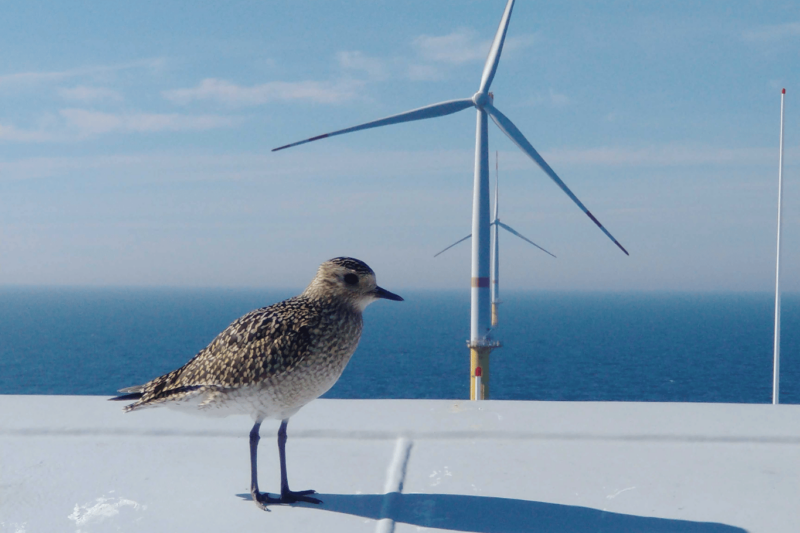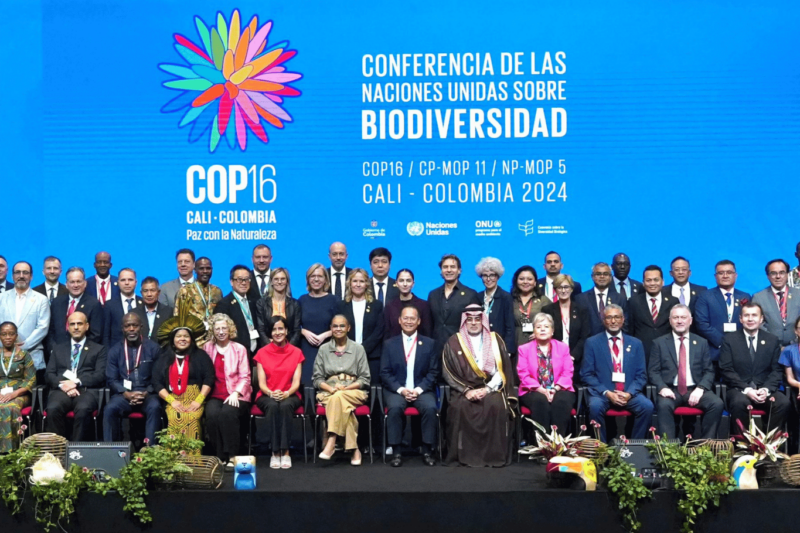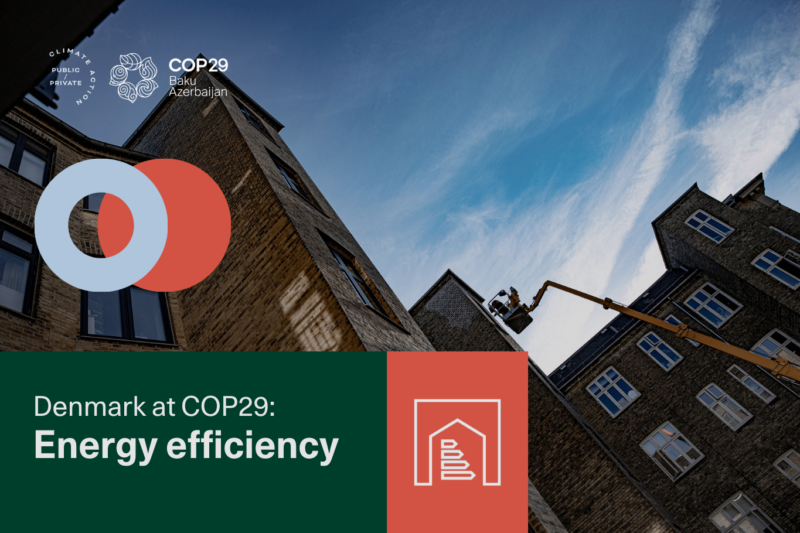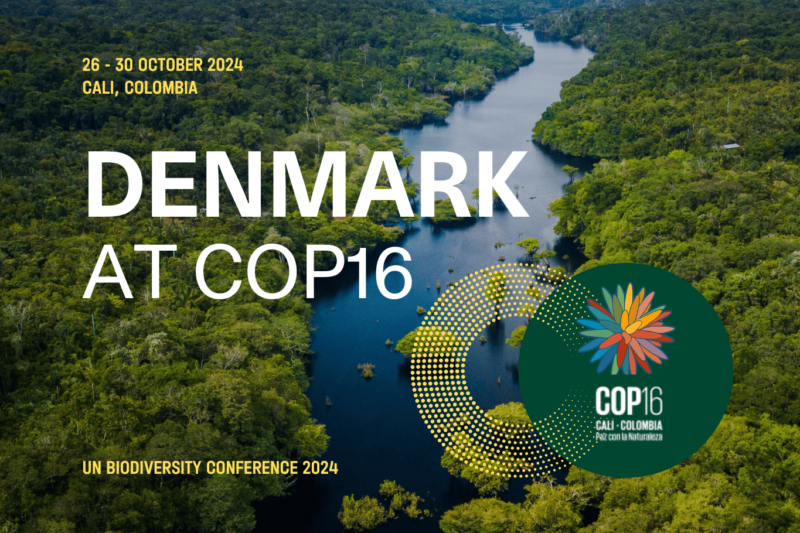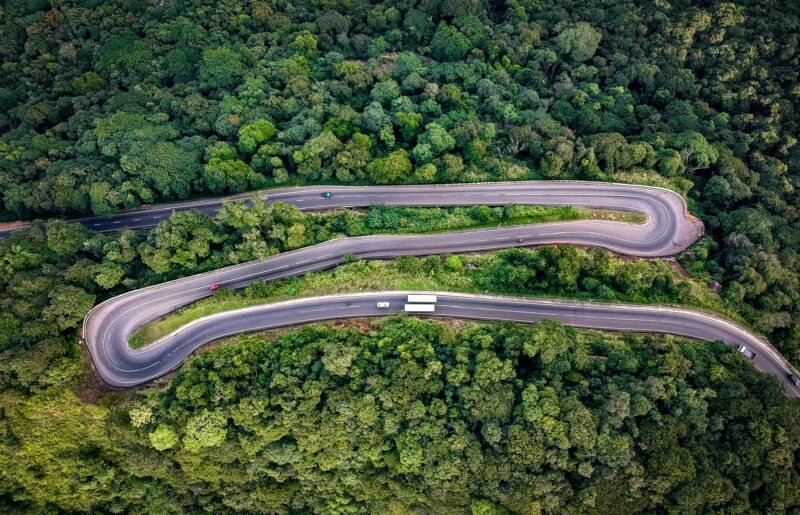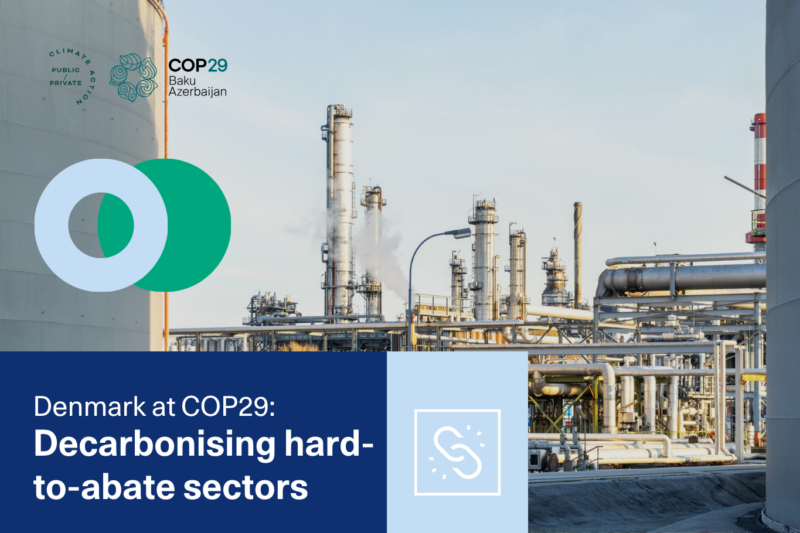Perspective
Biodiversity in agriculture
Biodiversity
Industry
Making space for both agriculture and biodiversity


As a society, we face several challenges in the aim of protecting the environment, reducing greenhouse gas emissions, and securing that means used for pest and disease control are sustainable and non-polluting. To achieve this, we must find new and more innovative solutions. Danish businesses are cutting-edge at biosolutions (e.g., biocontrol products based on pheromones and microorganism), biorefining, precision agriculture, and mini wetlands. Regulation has been used to support and drive the innovations. With agriculture in close proximity to water bodies, protecting the surrounding environment from fertiliser leaching has been a political priority in Denmark with a slew of regulatory measures since the 1980s. It is a strategic aim for Denmark to achieve record-low negative impacts from plant protection products use. The goal is to use plant protection products as little as possible, and to ensure that the plant protection products that are used have the lowest possible loads.
Denmark works actively in the EU to promote the authorisation of biocontrol products as an alternative to chemical plant protection products to benefit conventional as well as organic farmers. Making agriculture more sustainable also means growing
more with less. The demand for agricultural resources drives up the demand for cropland, potentially at the cost of deforestation and the depletion of natural resources. Biocontrol products are a way to boost yields without increasing the acreage by enhancing the biological processes and improving crop efficiency. Utilising naturally occurring microbes and molecules boosts the uptake of phosphorus and nitrogen to make better use of the available nutrients.
An increase in productivity by using microbial inoculants can lead to environmental benefits that add to the sustainability of the crops being grown. Rewetting peatland is another solution to reduce greenhouse gas emissions. In Denmark, the political ambition is to take out up to 100,000 hectares of carbon-rich soils from agricultural production for rewetting by 2030. The 100,000 hectares include nearby surrounding areas and extensification. As of 2023, the involved authorities have more than 30,000 hectares in their pipeline. The restoration of wet peatlands is a way to reestablish biodiversity and important ecosystem services such as sequestration and carbon storage, water, and nutrient retention, as well as securing habitats for rare species.
Rewetting can be done by removing the drain and thereby raising the water level within the project area, or by returning a watercourse to its meandering course, thereby slowing the current speed of the water. This makes water levels rise, allowing it to flood in a project area. In general, the peatlands are often lowlands as well, and therefore naturally will have a tendency of being a wet habitat.
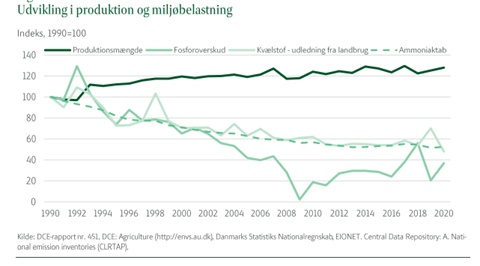
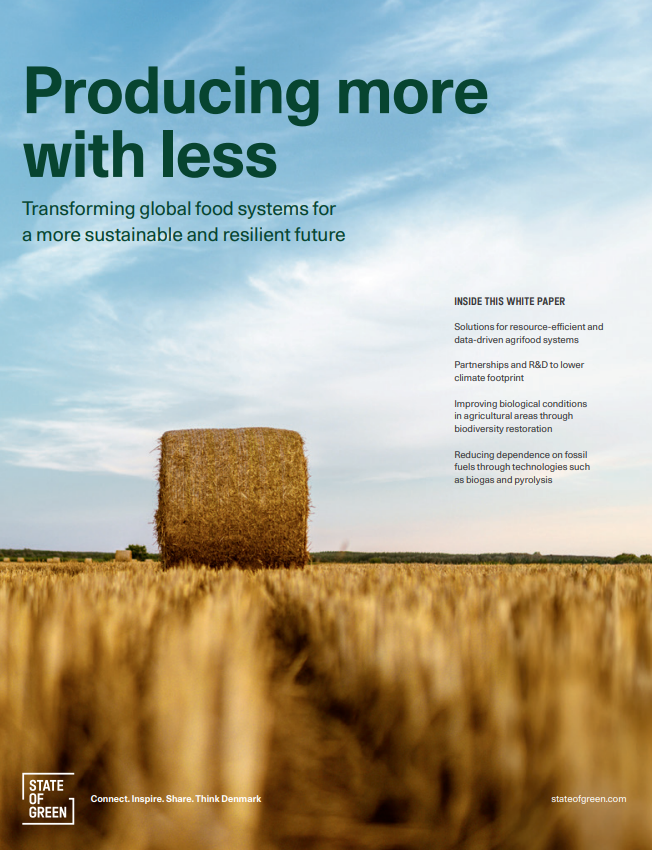
White paper: Producing more with less
This article is an executive summary from the publication “Producing more with less”.
Download the white paper and discover how Danish researchers, technology providers and players across agrifood systems strive to transform global food systems and produce more with less
Discover here